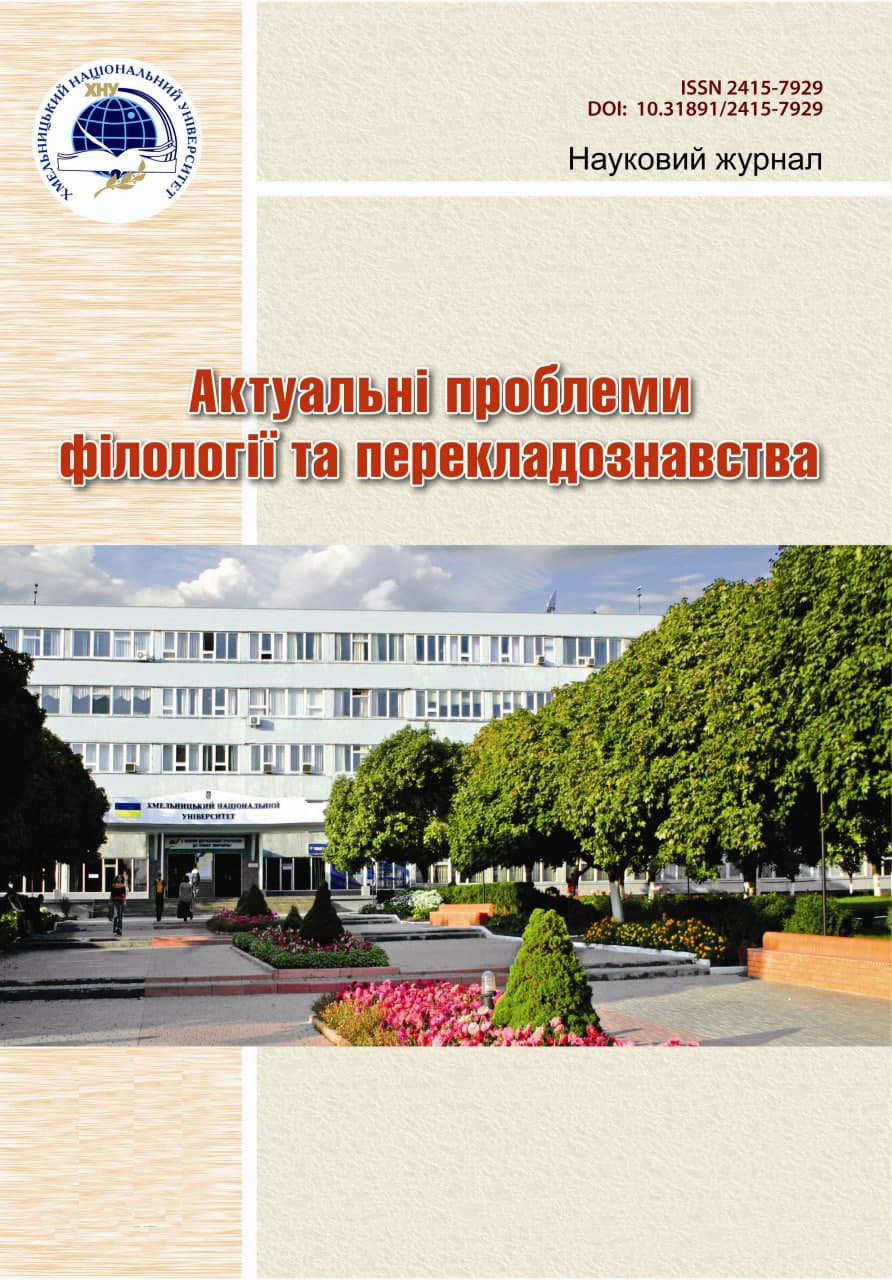AN EXAMINATION OF THE TRANSLATION CHARACTERISTICS OF ENGLISHEDUCATIONAL VIDEOS, AS DEMONSTRATED THROUGH A SERIES OF MATERIALS ON NANOTECHNOLOGY
DOI:
https://doi.org/10.31891/2415-7929-2025-33-2Keywords:
term, concept, nanotechnology, translation transformation, explication, equivalent, semantic development, calquing, transcodingAbstract
This article presents an algorithm for translating video content and examines the translation techniques employed when working with materials related to nanotechnology. The study is situated at the intersection of translation studies and the digitization of educational discourse. The theoretical foundation of the research lies in the existing scholarship on scientific and technical terminology, as well as the translation transformations characteristic of scientific and technical discourse. The study analyzes the key features of the terminology system and the semantic relationship between terms and the concepts they represent.
Two primary approaches for translating video content were identified: subtitling and voice-over translation. Subtitling has been shown to facilitate more effective information transfer to the target audience by visually highlighting the salient points of scientific and technical content. The execution of a translation initiative entails leveraging pertinent information sources and software tools that enable the incorporation of subtitles into the final product.
The empirical analysis was based on a collection of videos about nanotechnology obtained from publicly available sources. These materials adhere to the conventions of scientific discourse, incorporate specialized terminology, and explore the applications of nanotechnology across diverse domains.
The key requirements for effective translation of video content are precision, clarity, and authenticity. The appropriate translation approaches suitable for fulfilling these objectives are examined. The distinctive features of descriptive translation, which is more frequently employed to establish equivalents in the target language’s terminology systems that are in the formative stage, are outlined. It is stressed that equivalent translation ensures the conveyance of semantic equivalents and is optimal when the target language already has an established industry terminology. Furthermore, it is emphasized that calquing can contribute to the expansion of linguistic constructions, and transcoding is becoming a factor in the globalization of scientific discourse, significantly expediting the translation process.
Downloads
Published
Issue
Section
License
Copyright (c) 2025 Наталія ПУСТОВІТ, Марія ПОГОДІНА, Олег БУЙВОЛ (Автор)

This work is licensed under a Creative Commons Attribution 4.0 International License.

